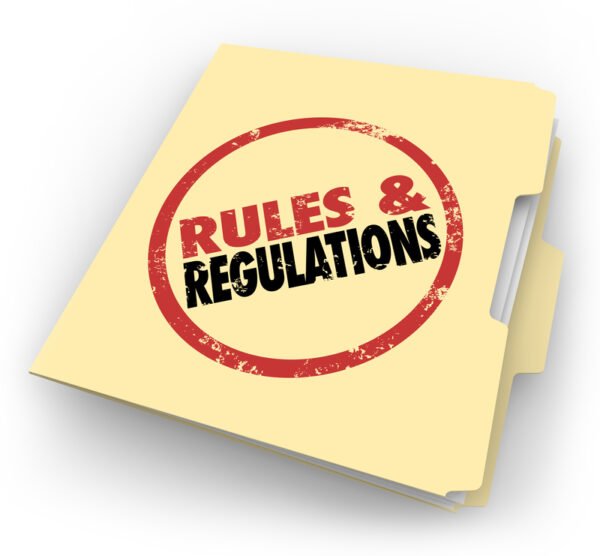Congratulations, you’re offering your employees a retirement plan to save for their future but retirement plans such as a 401(k) come with numerous administrative tasks and tedious details, not to mention fiduciary liability. Yikes, that’s a lot to take on!
 But we know your employees rely on it to save for their retirement so it’s worth it, right?
But we know your employees rely on it to save for their retirement so it’s worth it, right?
The extra work can be overwhelming to an already very busy HR or benefits team. With all the extra work and liability, employers want to know if it is possible to get help managing administrative tasks so you can stay focused on your business?
How much time do you spend on your retirement plan and how much time worrying that you are doing everything right?
Let’s start out with outlining what those tasks are. Oftentimes employers are not fully aware of all their responsibilities.
As a retirement plan sponsor you have administrative responsibilities, including operational oversight, communications, and the mandatory annual processes associated with your retirement plan (401k, 403b, Profit Sharing, Defined Benefit). Here are examples of those tasks:
- Interpret plan document provisions and apply to agreed-upon plan operations
- Track plan transactions and answer plan-related questions
- Respond to and act accordingly on recordkeeper notifications
- Prepare, review, approve, and assure timely delivery of the plan’s ERISA-required notices and disclosures
- Scheduled review of deposits made for compliance with DOL timing requirements, document and correct untimely remittances, and consider steps for corrective action
- Receive, review, approve, and retain loan requests
- Monitor and process (if necessary) the initiation of loan repayment payroll deductions
- Monitor delinquent loans, cure period, deemed distribution requirements, and authorize taxation
- Receive, review, approve, and retain distribution requests
- Review for required minimum distributions, and perform approval and processing
- Receive, review, retain, and determine the qualified status of domestic relations orders (QDRO)
- Receive, review, approve, and retain hardship distribution requests
- Review plan testing results
- Review, sign, retain, and verify timely submission of filings, e.g., Form 5500 Annual Report with applicable Schedules, Form 5558 extension, Form 5330, and Form 8955-SSA
- Share plan information with recordkeeper, auditor, and other service providers
- Determine and confirm employee eligibility
That’s quite a list, right? And to make matters worse, you have fiduciary liability and your company could have risk if things are not done correctly. That’s a big burden you carry. But your employees appreciate it, right?
And the retirement plan is just one of the many hats you wear. Well, don’t get overwhelmed. There might be something you can do to take care of those tasks and protect your company from liability.
Can a 3(16) Service really do some of my work and protect our company from fiduciary liability?
What is a 3(16) service?
Here’s how a 3(16) service works: With a 3(16) service, payroll data you already upload to the investment recordkeeper is used for actions on your behalf.
Errors in Payroll Data
A 3(16) could find both minor and major errors in payroll data and help you get them corrected.
*Did you know: Payroll census data and contribution file submissions continue to be the main source of plan administration errors. Late payroll submissions must be marked on your annual 5500 filing and therefore a leading cause of DOL audits. You might be wondering, “Why take that risk?”. Good question.
But Doesn’t Our 401(k) Company Handle This?
For any retirement plan recordkeeper to be effective, it must have good, clean, reliable data. You, as the employer and plan sponsor, are solely responsible for assuring the data used is correct. Recordkeepers do not audit data, nor are they responsible for finding errors in your payroll data.
Every time mistakes happen, employees waste valuable time researching the issue, correcting the data, and re-submitting. Even worse, mistakes are not found (if found at all) until the year-end audit is performed, and there could be IRS or DOL penalties and fines associated with the error.
- Some 3(16) services catch payroll errors and ensures the plan is operating in compliance and according to the plan document.
- Some 3(16) services state they perform over 100 data integrity checks every pay period. That could mean they are assuring the integrity of the data you are using in your payroll system, and transferring to your HR system and the recordkeeper, is correct.
Confused? It’s ok, that’s why we’re here. We’re happy to provide advice and guidance.
Book a consultation to get advice and guidance with a specialist on whether a 3(16) service is right for you and your company retirement plan.
Disclosures:
This information was developed as a general guide to educate plan sponsors, but is not intended as authoritative guidance or tax or legal advice. Each plan has unique requirements, and you should consult your attorney or tax advisor for guidance on your specific situation. In no way does advisor assure that, by using the information provided, plan sponsor will be in compliance with ERISA regulations.
#05076636








